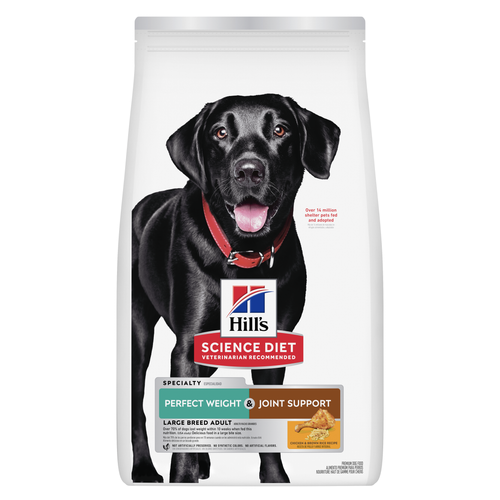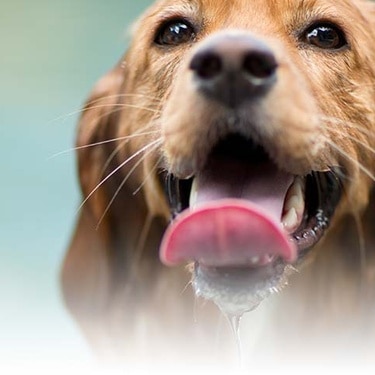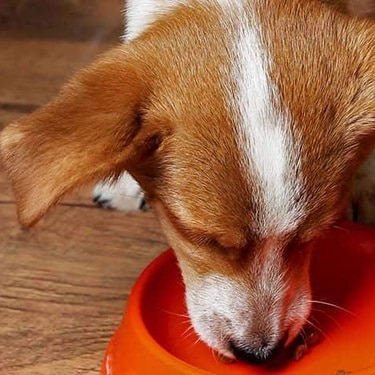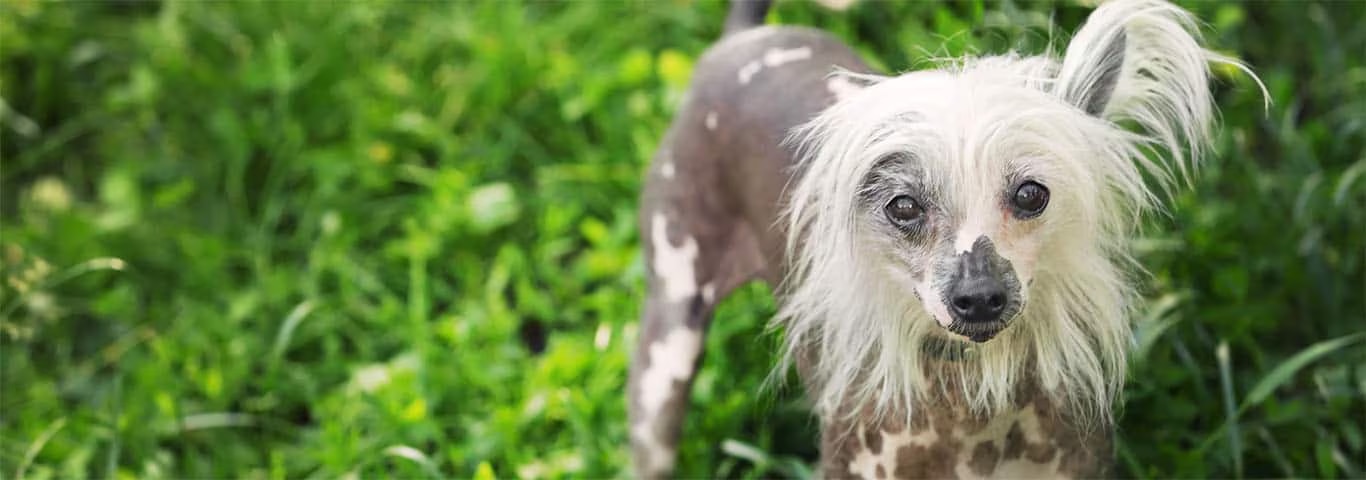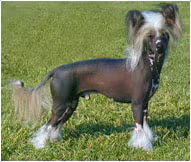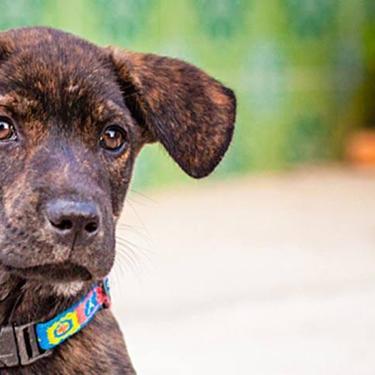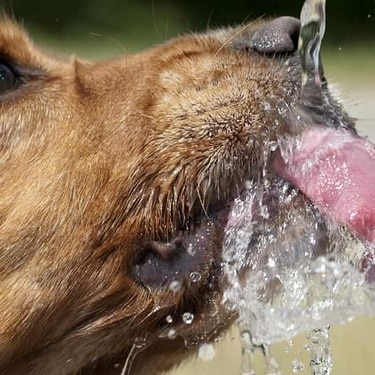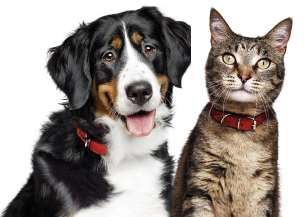A lively and loving dog, this toy breed can quickly capture the hearts of its guardians and become quite spoiled- The Chinese crested has a lifespan of 12 to 13 years.
An affectionate companion, the Chinese crested is a lively and loving dog. He makes a perfect lap heater, since the lack of body hair increases the amount of heat his body gives off. But he does need to be protected from extremes of temperature, both hot and cold. Even though the hairless variety appears maintenance free, this is not so. Aside from regular nail clipping, regular grooming is required to keep both varieties looking well.
The hairless variety requires frequent bathing to maintain healthy skin. You may need to remove unwanted hair to keep the look you want. Many cresteds have natural facial hair and some have excess body hair. The skin can sunburn from prolonged exposure. It can also develop blackheads.
The powder puff requires frequent grooming to maintain a silky, flowing coat.
There is actually no documented proof that that Chinese crested originated in China. One of several hairless breeds in the world, they may have evolved from hairless dogs that have appeared in pariah dog litters as a result of mutations. The similarities between the Chinese crested and hairless South American dogs suggests that these breeds might be distantly related.
Descriptions of this breed are found in records as early as the late 1800s. The Chinese crested enjoyed a temporary popularity in the late 1800s and early 1900s in the United States, then again became popular in the 1970s. The breed's most well-known promoter was Gypsy Rose Lee. AKC recognition came in 1991.

